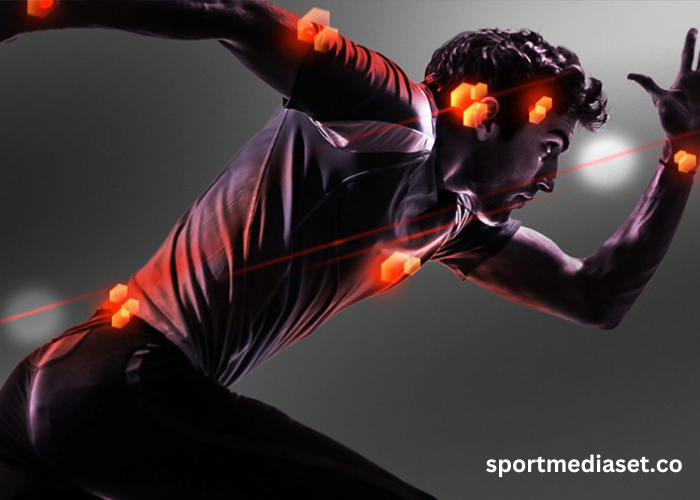Athlete safety has always been a priority in sports. With new technology, the approach to keeping players safe has changed significantly. Wearable devices now allow coaches and athletes to keep a close eye on health indicators. They also help them to minimize the risk of injury and make decisions based on real-time information. From smart helmets to biometric sensors, these innovations offer a new level of insight. Athletes can now use this data to stay safer while pushing their performance to new heights. However, these advancements also raise concerns about privacy and how personal data is handled. This article looks at how wearable tech is influencing athlete safety and the questions that arise with its use.
Monitoring Health in Real-Time
Real-time health monitoring has become a standard practice in professional sports. Athletes are equipped with devices that measure various metrics. These include heart rate, body temperature, hydration, and blood oxygen levels. These measurements are vital. They guide athletes to avoid overexertion and potential injuries. For instance, if a heart rate monitor notices an unusual spike during training, it alerts the coach that the athlete may need attention. Similarly, GPS trackers analyze an athlete’s performance trends, providing insights into their endurance and fatigue. Wearable technology allows athletes and their support teams to make immediate, data-informed decisions that help avoid injuries and maintain optimal performance.
Preventing Concussions with Smart Helmets
Concussions remain a significant risk in contact sports like football and rugby, but the introduction of smart helmets has begun to change the game in terms of injury detection and prevention. These helmets come equipped with sensors that record the intensity and exact location of impacts, sending this information directly to medical teams on the sidelines in real-time. When a player experiences a severe hit, the system sends out immediate alerts, prompting a swift medical response. This rapid action can significantly reduce the risk of serious injury. Beyond immediate safety, smart helmets gather critical data that aids in enhancing helmet design for future safety improvements. The use of wearable technology in contact sports is increasingly making these activities safer and more adaptable to the needs of player health.
Wearables for Injury Recovery
Wearable technology plays a crucial role not only in preventing injuries but also in aiding athletes’ recovery. Now, devices like compression sleeves and knee braces are equipped with sensors that monitor movement, ensuring that athletes perform rehab exercises with the correct form. This data is sent straight to healthcare providers, helping to confirm that recovery protocols are followed precisely to prevent setbacks. Monitoring sleep is another vital recovery tool; it allows athletes to tailor their rest to support muscle repair and overall well-being. As the approach to recovery becomes more rooted in data, wearables are enabling quicker, more effective comebacks from injuries, facilitating a faster return to top performance levels.
Data Security and Privacy Concerns
As wearable technology gains popularity, it raises a significant concern: data protection. Athletes can generate large amounts of sensitive health and performance data through these devices and need assurance that their information is secure. Managed detection and response (MDR) services have become critical in the sports industry in protecting this data. These services constantly scan systems for any signs of potential security breaches, offering immediate protection against cyber threats. In the fiercely competitive world of sports, where even a small advantage can be pivotal, ensuring the privacy and integrity of sensitive data is essential. With MDR, athletes and teams can concentrate on their performance, confident that their personal information is secure.
The Future of Wearable Tech in Sports
The trajectory of wearable technology in sports is set to soar. With each technological advancement, you can expect wearables to become deeply personalized, meeting the distinct needs of individual athletes. Envision devices capable of signaling the onset of dehydration before it hinders an athlete’s performance or sensors that evaluate mental exhaustion, aiding athletes in managing the demands of both body and mind. The fusion of artificial intelligence with wearable technology is beginning to enable advanced analytics that can preemptively warn of injury risks. As these technologies refine, their role in sports will expand from passive monitoring to active tools for preventing injuries, boosting performance, and enhancing overall athlete health.




